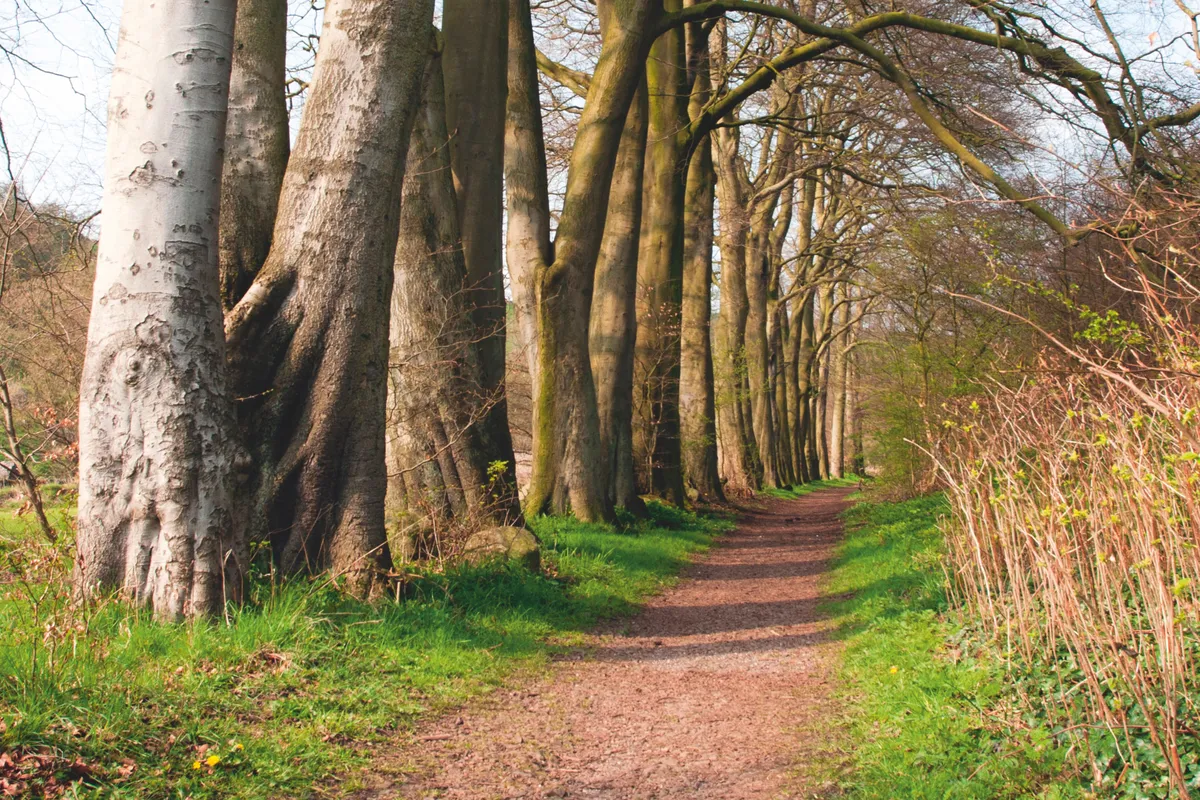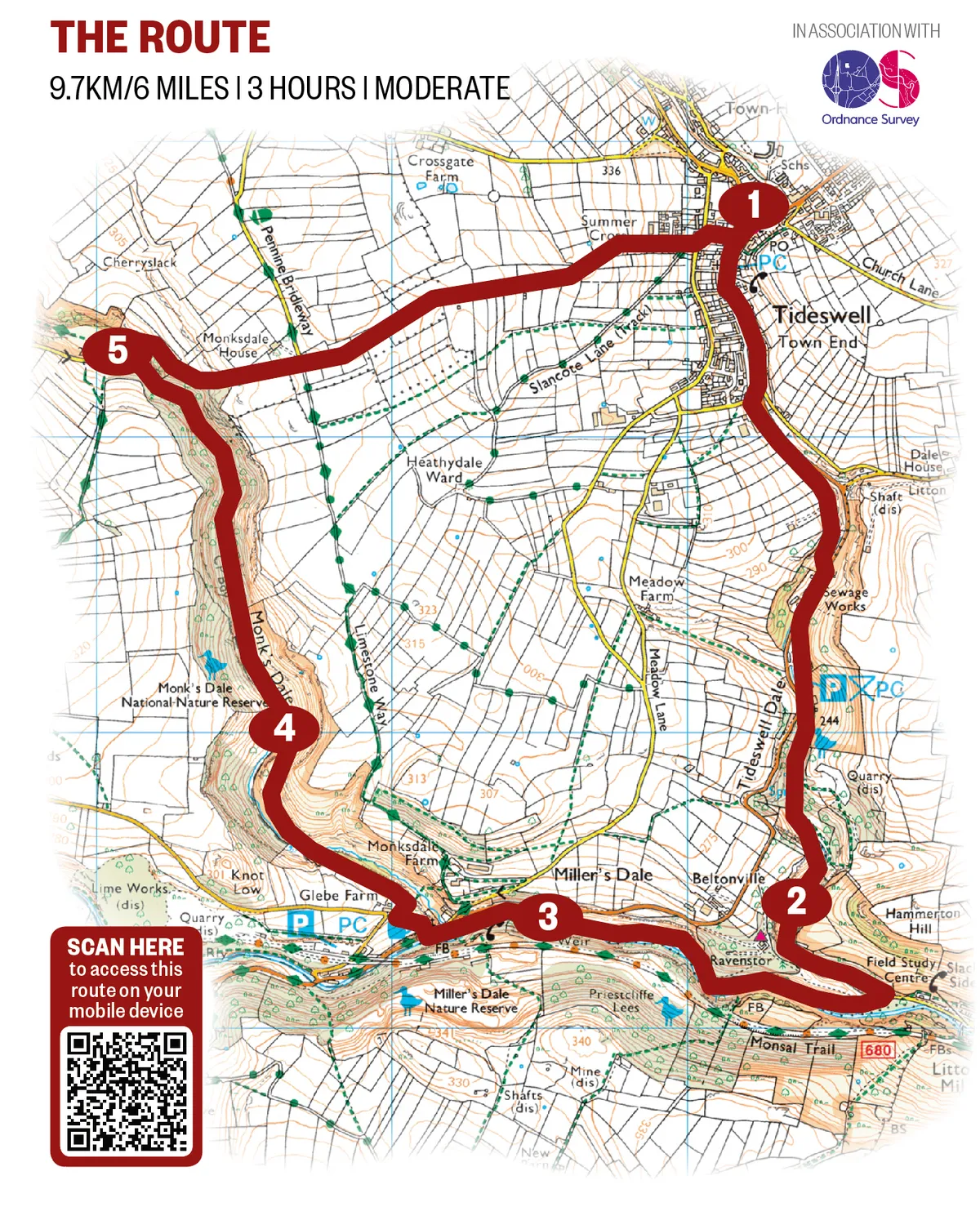The first snow of winter adds a frosty patina to Tideswell’s pinnacled 14th-century parish church of St John the Baptist, affectionately known as the ‘Cathedral of the Peak’.
And this Christmas morning, St John’s will be the unlikely venue of the re-enactment of a traditional Mexican festival known as a ‘posada’, celebrating friends and family. In the interdenominational service, the congregation will be joined by other churches in the village to re-enact the journey of Mary and Joseph to Bethlehem for the Roman census, and the birth of Jesus. Cut-out figures of Mary and Joseph will occupy the wonderfully light and airy chancel of St John’s, built in the graceful Decorated style, as families gather to celebrate.

The church is renowned for its intricate wood carvings by local family the Hunstones, and the finest collection of medieval brasses in the Peak.
Although St John’s may not have the dimensions of a cathedral, locals will tell you that if you measure the length of its outside walls it would reach a mile. It was built on the profit gained from wool and minerals, and our six-mile winter wander will take us deep into the scenery on which Tideswell’s wealth was won.

1
Into the dale
The village stands at the head of Tideswell Dale, once the site of an ugly basalt quarry but now a small nature reserve. Walk south from the village and into Tideswell Dale past an avenue of stately beeches now shorn of their leaves and showing their steel-grey, columnar trunks.
2
Budding botanist
Descend the dale south towards the impending limestone crag of Ravenstor, with its youth hostel, where David Bellamy was inspired to become a botanist. Turn sharply right when the path meets the road near tiny St Anne’s Church in the village
of Miller’s Dale.

3
Birds and bridges
Kingfishers, dippers, yellow wagtails and the occasional heron can be spotted alongside the River Wye in Miller’s Dale, which is threaded by the bridges and viaducts of the former London to Manchester Midland Railway, closed by the maligned ‘Beeching axe’ in 1968 and now the popular Monsal Trail.
The former Miller’s Dale Station, now a ranger briefing centre further along the trail, was once the junction for Buxton on the Midland line, and there are plans to develop it as a visitor centre and café. Turn right next to the church up a stepped alleyway, going through a gate at the top and right alongside a wall to descend into the deep, wooded defile of Monk’s Dale.
4
Woolly history
Both Miller’s Dale and Monk’s Dale form part of the Derbyshire Dales National Nature Reserve, famous for its limestone flora including the rare Nottingham catchfly, bloody cranesbill, spring cinquefoil, herb paris and moschatel. Head north for a rough mile up the boulder-strewn path (take extra care here) into the deepening ash and sycamore woodlands of Monk’s Dale, crossing the stream at one point by a footbridge. The dale takes its name from the monastic sheep ranches which covered much of the Peak in medieval times.
5
Time for tea
When you eventually meet the road, turn right, passing Monksdale House, for the easy mile along the lane to Tideswell, with its welcoming pubs, cafés and traditional village shops.
Map
Click on the map below for an interactive version this route.

Main image ©Alamy
